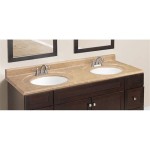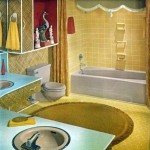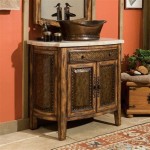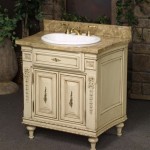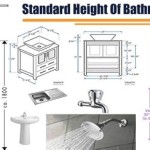Essential Aspects of Bathroom Sink Won't Drain But No Clog
The bathroom sink is a vital fixture in any home, and it's essential to keep it draining properly. If your bathroom sink won't drain, but there's no visible clog, it can be a frustrating problem. Several essential aspects need to be considered when addressing this issue, including checking the P-trap, inspecting the vent pipe, examining the drain line, and considering potential leaks or obstructions.
This article will delve into each of these essential aspects, providing a comprehensive guide to help you troubleshoot and resolve the problem of a bathroom sink that won't drain but has no visible clog. By understanding the part of speech of the keyword phrase "Bathroom Sink Won't Drain But No Clog," we can effectively explore the various aspects that contribute to this issue and provide practical solutions for resolving it.
1. Checking the P-Trap
The P-trap is a U-shaped pipe located under the sink that traps water to prevent sewer gases from escaping into your home. Over time, hair, soap scum, and other debris can accumulate in the P-trap, causing it to clog and prevent water from draining properly. To check the P-trap, you will need a bucket and a wrench.
Place the bucket under the P-trap to catch any water that may spill out. Then, use the wrench to loosen the nuts that hold the P-trap in place. Once the nuts are loose, carefully remove the P-trap and inspect it for any clogs. If you find any debris, remove it and clean the P-trap thoroughly before reassembling it.
2. Inspecting the Vent Pipe
The vent pipe is a pipe that extends from the top of the drain line to the roof of your house. It allows air to enter the drain line, which helps to prevent clogs from forming. If the vent pipe is blocked, it can create a vacuum in the drain line, which can prevent water from draining properly.
To inspect the vent pipe, you can use a mirror or a flashlight to look for any obstructions. If you find any debris, you can try to remove it with a wire or a plumber's snake. If you are unable to remove the obstruction, you may need to call a plumber to have the vent pipe cleaned.
3. Examining the Drain Line
The drain line is the pipe that carries water from the sink to the sewer. If the drain line is clogged, it can prevent water from draining properly. To examine the drain line, you can use a plumber's snake. Insert the snake into the drain line and turn the handle to feed it down the pipe.
If you encounter any resistance, you may have found a clog. Continue feeding the snake down the pipe until you reach the clog and break it up. Once you have broken up the clog, flush the drain line with hot water to remove any remaining debris.
4. Considering Potential Leaks or Obstructions
In some cases, a bathroom sink that won't drain but has no visible clog may be caused by a leak or obstruction in the drain line. Leaks can occur anywhere along the drain line, including the joints, the P-trap, or the vent pipe. Obstructions can also occur anywhere along the drain line, such as a tree root growing into the pipe or a piece of debris getting stuck.
To check for leaks, look for any water stains or dripping water under the sink or along the drain line. To check for obstructions, try using a plumber's snake to feed through the drain line. If you encounter any resistance, you may have found an obstruction.

How To Unclog A Slow Running Bathroom Sink Drain 10 Options

How To Fix A Bathroom Sink That Won T Drain Bfp Bay Area

How You Can Fix A Slow Draining Drain On Your Own Call Ashton Plumbing

How To Fix A Slow Draining Bathroom Sink That Isn T Clogged

Bathroom Sink Won T Drain Properly And Doesn Appear Clogged The Confused Nester

How To Unclog A Slow Running Bathroom Sink Drain 10 Options

How To Unclog A Bathroom Sink The Home Depot

Slow Sink Drain 6 Diy Fixes For Before You Call A Plumber Bob Vila

The Bathroom Sink Won T Drain Not Clogged Here Is Simple And Straightforward Solution

Why Is My Bathroom Basin Not Draining Living By Homeserve

